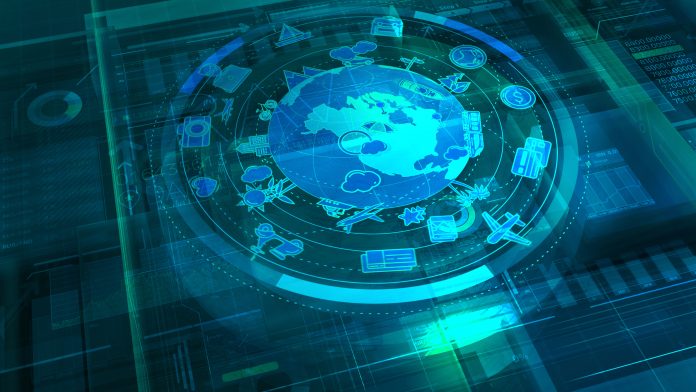A new proposal for virtual tourism using livestreaming and mathematical techniques could help revitalise an industry that has been devastated by the COVID-19 pandemic
In a new proposal published in Cell Patterns, scientists from the Medical College of Georgia at Augusta University suggest using data science to improve on existing television and internet-based tourism experiences.
Their technique involves measuring and then digitising the curvatures and angles of objects and the distances between them using drone footage, photos and videos, and could make virtual tourism experiences more realistic for viewers and help revitalise the tourism industry from the impacts of the COVID-19 pandemic.
The tourism economy has been one of the worst-hit industries by the COVID-19 outbreak. Depending on the duration of the crisis, data indicates that the potential shock could range between a 60-80% decline in the international tourism economy in 2020.
To combat the decline in the sector, researchers are suggesting proposed technology such as LAPO, or Live Streaming with Actual Proportionality of Objects. LAPO employs both information geometry, the measures of an object’s curvatures, angles and area, and conformal mapping, which uses the measures of angles between the curves of an object and accounts for the distance between objects, to make images of people, places and things seem more real.
Arni S.R. Srinivasa Rao, a mathematical modeller and Director of the medical school’s Laboratory for Theory and Mathematical Modelling, said: “This is about having a new kind of technology that uses advanced mathematical techniques to turn digitised data, captured live at a tourist site, into more realistic photos and videos with more of a feel for the location than you would get watching a movie or documentary.
“When you go see the Statue of Liberty for instance, you stand on the bank of the Hudson River and look at it. When you watch a video of it, you can only see the object from one angle. When you measure and preserve multiple angles and digitise that in video form, you could visualise it from multiple angles. You would feel like you’re there while you’re sitting at home.”
The proposed combination of techniques is novel, “Information geometry has seen wide applications in physics and economics, but the angle preservation of the captured footage is never applied,” Rao says.
Making tourism cheaper and safer
The researchers suggest the virtual tourism technology could help mediate some of the COVID-19 pandemic’s impact on the tourism industry and offer other advantages.
Benefits from this technology include cost-effectiveness because virtual tourism would be cheaper; health safety, because it can be done from the comfort of home; time saving, eliminating travel times; it’s accessibility, tourism hotspots that are not routinely accessible to seniors or those with physical disabilities.
The technology would also make tourism safer and more secure, eliminating risks like becoming a victim of crime while travelling; and it requires no special equipment, a standard home computer with a graphics card and internet access is all that’s needed to enjoy a “virtual trip.”
“Virtual tourism (also) creates new employment opportunities for virtual tour guides, interpreters, drone pilots, videographers and photographers, as well as those building the new equipment for virtual tourism,” the authors write.
Next steps involve looking for investors and partners in the hospitality, tourism and technology industries.
If the pandemic continues for several more months, the World Travel and Tourism Council projects a global loss of 75 million jobs and $2.1 trillion in revenue.











